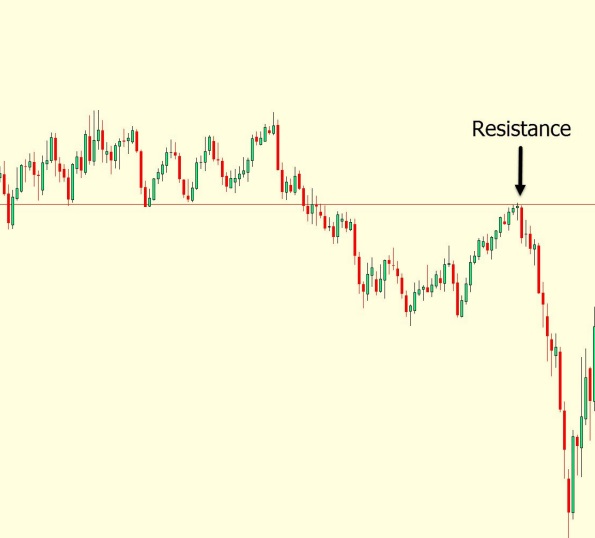Are you perplexed by the Forex terminology used in trading blogs or forums? Do you have questions concerning the definitions of certain terms? This article is for you if so. Ten of the most popular and misunderstood trading slang words will be discussed, with their definitions clarified for easier comprehension.
Free PDF Guide : Get your A Comprehensive Guide to Forex Terminology, Slang, and Definitions
Table of Contents
- Pip
- Spread
- Bid and Ask price
- Volume
- Lot size
- Slippage
- Going long/short
- Bullish and Bearish
- Support and Resistance
- Currency ‘Pair’
Pip
Pip stands for percentage in Point. A pip is a common unit of measurement for how much the price has changed in the forex market. The fourth decimal, or a pip movement, is now used by the majority of brokers. One pip is equivalent to 0.0001.
Spread
The difference between the ask (to buy) and bid prices is known as the spread. This difference is the spread, which you will pay when you place your trades. This is important to understand because spreads on every market and Forex pair will differ significantly. The spread may dramatically lower your trading profit or loss depending on a number of factors. These variables include the trading environment and the strategy you are using. Yet another crucial factor is the broker you choose. You could regularly pay too much only to conduct trades if you don’t select a broker with minimal spreads.
Bid and Ask price
The bid and ask values might vary dramatically depending on the market or Forex pair you are trading. When you buy something, you will pay the asking price. Because the pricing includes your broker’s “spread,” it is always a little more expensive. When you sell, you will be compensated with the bid price, which is the lower of the two quotes.
Volume
The quantity you want to trade is indicated by the term “volume” in your MT4 and MT5 trading platforms. You can alter the volume you want to trade, as seen in the image below. As shown later down, different lot sizes are used to describe trading volume.
Lot size
The term “lots” refers to the size of your trade. A typical lot is equivalent to 100,000 units. For example, trading one standard lot of the currency pair XYZ is equivalent to trading 100,000 units of that currency pair. As an alternative to the 100,000-unit standard lot, there are smaller lot sizes available. Micro lots (1,000 units) and mini lots are offered by many brokers (10,000 units).
Slippage
On rare occasions, you can notice that the price at which your order was completed and the price at which you wanted to enter a transaction are different. The term “slippage” refers to this difference. Significant market volatility, which frequently results from news releases or unplanned market events, is the main factor for slippage.
Going long/short
You might have seen traders discussing “going long” or “going short” in trading blogs or forums. This is due to the fact that CFD trading allows for the profitable usage of both upward and downward price fluctuations. A trader who “goes long” does so by purchasing with the expectation that the price will rise. In contrast, when a trader “goes short,” they sell with the expectation that the price would fall.
Bullish and Bearish
Have you ever heard the phrase “bullish market” or “bear market” used by an economist? These phrases have to do with which side of the market you support. Being bullish implies that you anticipate an increase in prices, whilst being bearish says that you anticipate a decrease in prices. Using the strong rising trend as an example, a bullish trader may declare, “I’ve just entered a long (buy) trade.”
Support and Resistance
In the stock and forex markets, support and resistance are two of the most frequently used technical analysis strategies. Price action traders regularly track the price’s movements as it changes.


They think that price changes correspond to fundamental variables. On a chart, demand levels that the price looks to have found are support levels. On the other hand, supply levels and regions where the price has run into difficulty during its upward trend are indicated by resistance levels.


Currency ‘Pair’
Currency cannot be purchased or traded on its own. They are traded in pairs instead. A currency pair is made up of two different currencies that are being exchanged. For instance, the currency pair representing the exchange between the Euro and the US Dollar is EUR/USD.

